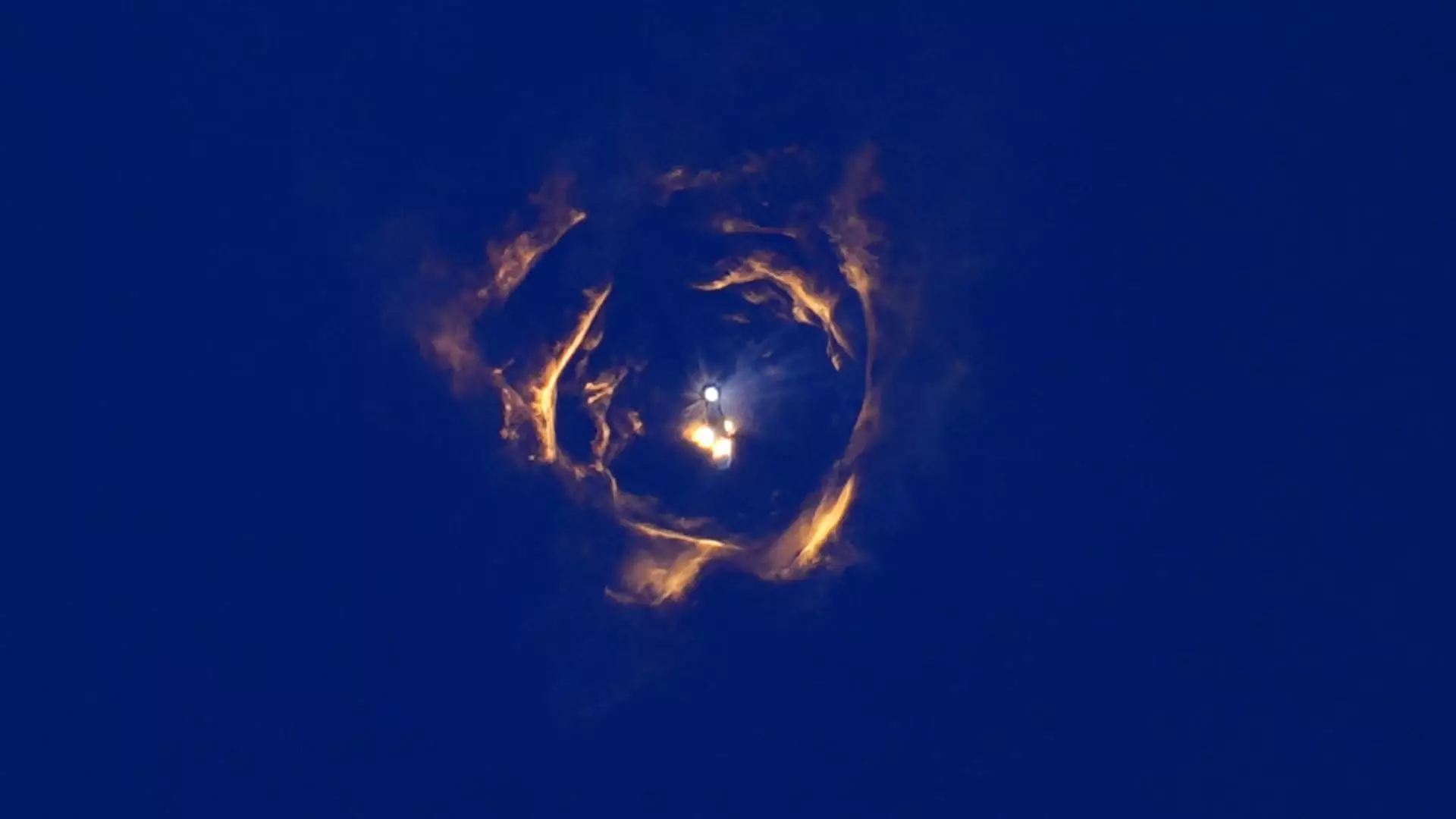On a seemingly routine Thursday, SpaceX’s seventh test flight of the Starship rocket turned into an unanticipated disruption that reverberated throughout the aviation community. The test, which launched from SpaceX’s facility near Brownsville, Texas, just after 5:30 p.m. ET, fell victim to an unforeseen complication: the rocket disintegrated mid-air. This incident not only affected the mission operations for SpaceX but also led to significant ramifications for commercial airline flights in the surrounding airspace.
Federal Aviation Administration’s Prompt Response
The Federal Aviation Administration (FAA) acted swiftly in response to the situation, issuing warnings to pilots operating in the vicinity of the rocket’s launch path. According to reports, the FAA “briefly slowed and diverted aircraft around the area where space vehicle debris was falling,” aiming to mitigate any potential hazards posed to civilian flights. Such precautions are vital in maintaining air safety, especially when high-profile space missions can intersect with commercial air traffic.
Flight-tracking services, like Flightradar24 and FlightAware, reported numerous diversions and delays, affecting dozens of flights. A notable example involves a JetBlue Airways flight from Fort Lauderdale, Florida, to San Juan, Puerto Rico, which had to divert back nearly two hours into its journey. The disruption did not stop there; other airlines reported similar adjustments, including a Spirit Airlines flight and a FedEx cargo jet, both of which altered their flight paths as a precautionary measure. The American Airlines representative noted that their operations experienced fewer than ten diversions, underscoring the tight coordination needed to navigate such an incident.
This event highlights the ongoing competition for airspace, particularly in regions like Florida where both commercial airlines and private aviation operate in close quarters. The need for careful management of air traffic becomes all the more pressing in the aftermath of an event such as this. With technological advancements in space travel pushing boundaries, the intersection of space missions and commercial air traffic presents a complex challenge for regulatory bodies, airlines, and air traffic controllers.
While SpaceX has indicated a commitment to analyzing data from the mishap to ascertain the root cause, the immediate aftermath has raised questions regarding safety protocols for future launches. As space exploration becomes more frequent and commercialized, the aviation industry must collaboratively develop robust procedures to ensure that such incidents do not compromise the safety and reliability of air travel.
The disruption caused by SpaceX’s Starship incident has cast a spotlight on the intricacies of airspace management and the importance of thorough communication among all stakeholders involved. As the space industry evolves, the relationship between air travel and space exploration will warrant careful scrutiny, ensuring the skies remain safe for all forms of aviation.

